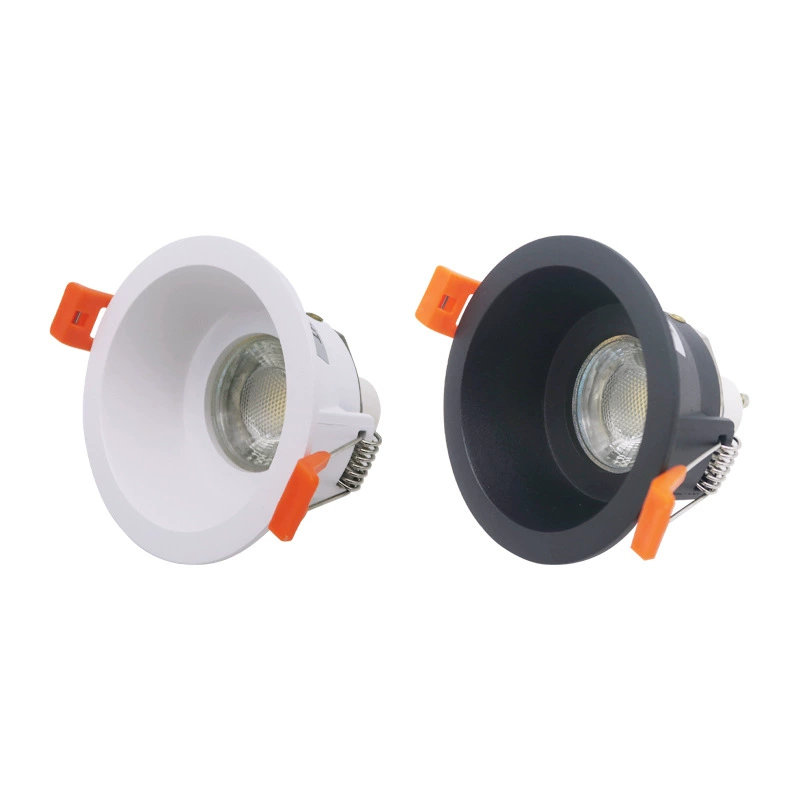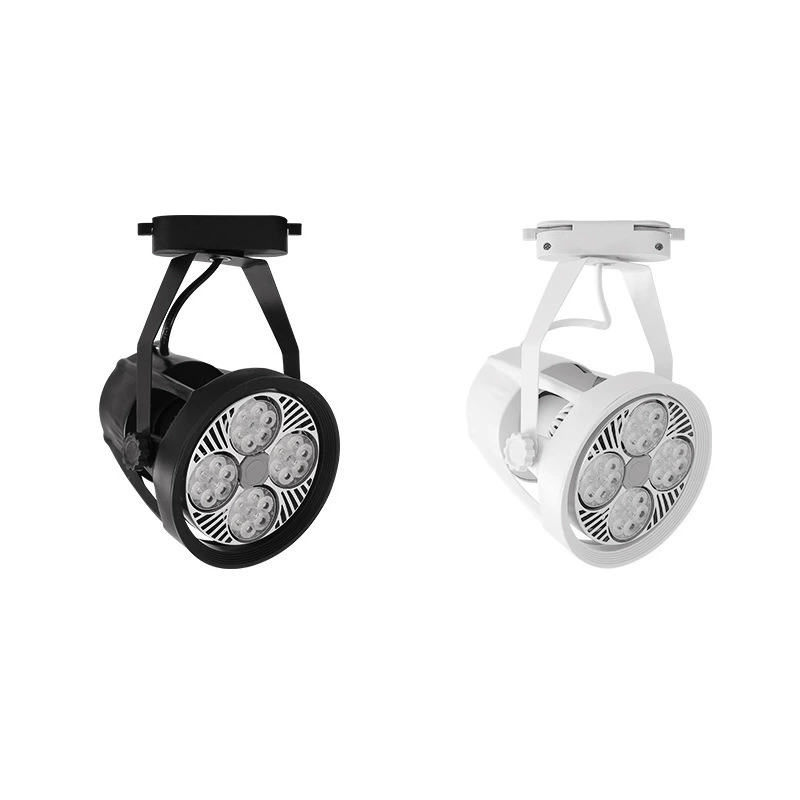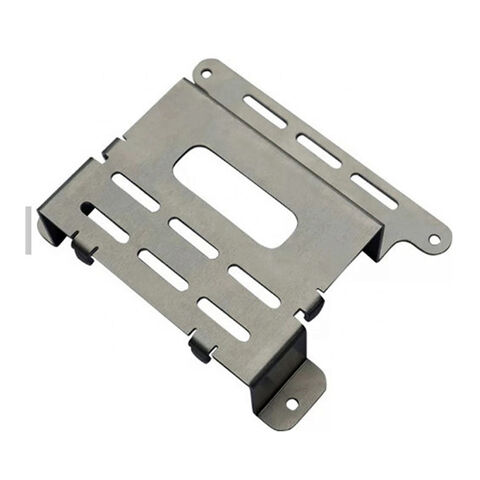Choosing the right manufacturing process is crucial for ensuring the efficiency, quality, and cost-effectiveness of your production.
CNC Turning and CNC Machining are two fundamental techniques used across various industries.
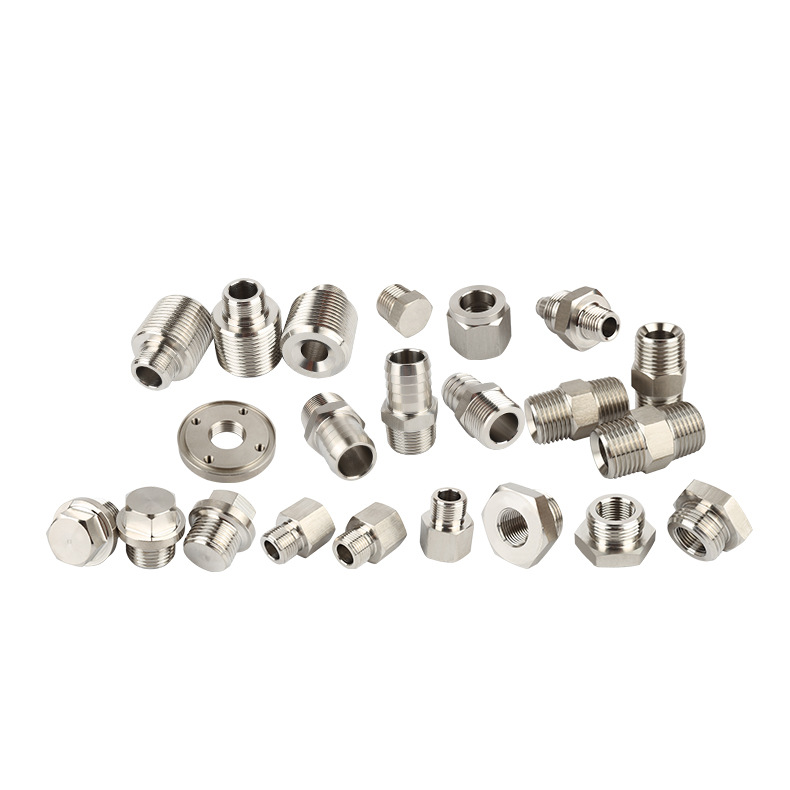
CNC Turning and CNC Machining are both essential in manufacturing but serve different purposes.
CNC Turning uses a lathe to rotate the material, allowing the cutting tool to shape the workpiece into cylindrical forms.
In contrast, CNC Machining involves a stationary workpiece and a rotating cutting tool, typically a milling machine, to create a wide variety of shapes and features.
In this article, let’s delve into these processes, examining their precision, cost, and specific use cases to help you make an informed decision.
-
Table Of Contents
-
1. CNC Turning vs. CNC Machining: Which is Better?
-
2. What are CNC Turning and CNC Machining?
-
3. Which is more precise, CNC Turning or CNC Machining?
-
4. CNC Turning vs. CNC Milling: How Do They Compare?
-
5. CNC Turning vs. CNC Milling: Which is More Expensive?
-
6. What are the advantages of CNC Turning and CNC Machining?
-
7. Summary
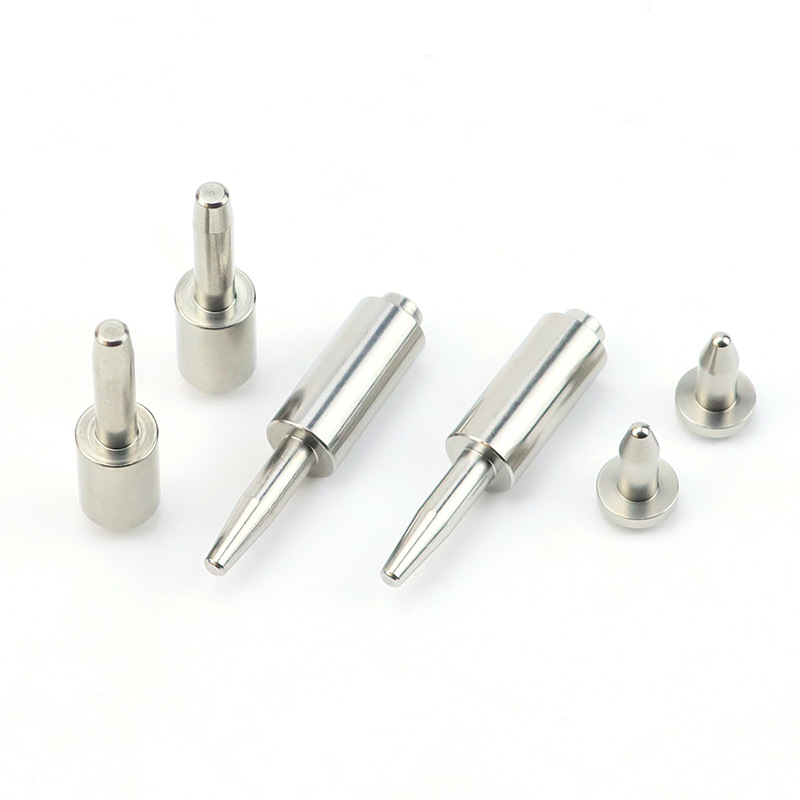
What are CNC Turning and CNC Machining?
CNC Turning is a manufacturing process where a workpiece is rotated around a central axis while a cutting tool is moved in a linear motion to remove material.
This method is typically used to create cylindrical parts, such as shafts, bushings, and other round components. The main machine used in this process is called a lathe.
It is ideal for producing parts that are symmetrical around their axis. This process can achieve high levels of accuracy and surface finish, making it suitable for applications that require tight tolerances and smooth surfaces.
Additionally, CNC Turning can be automated to a high degree, which improves efficiency and consistency in production.
CNC Machining, often referred to as CNC Milling, involves a stationary workpiece and a rotating cutting tool.
This process is used to remove material from the workpiece to create a desired shape. CNC Machining is highly versatile and can be used to create a wide variety of shapes and features, including complex geometries that would be difficult or impossible to achieve with other methods.
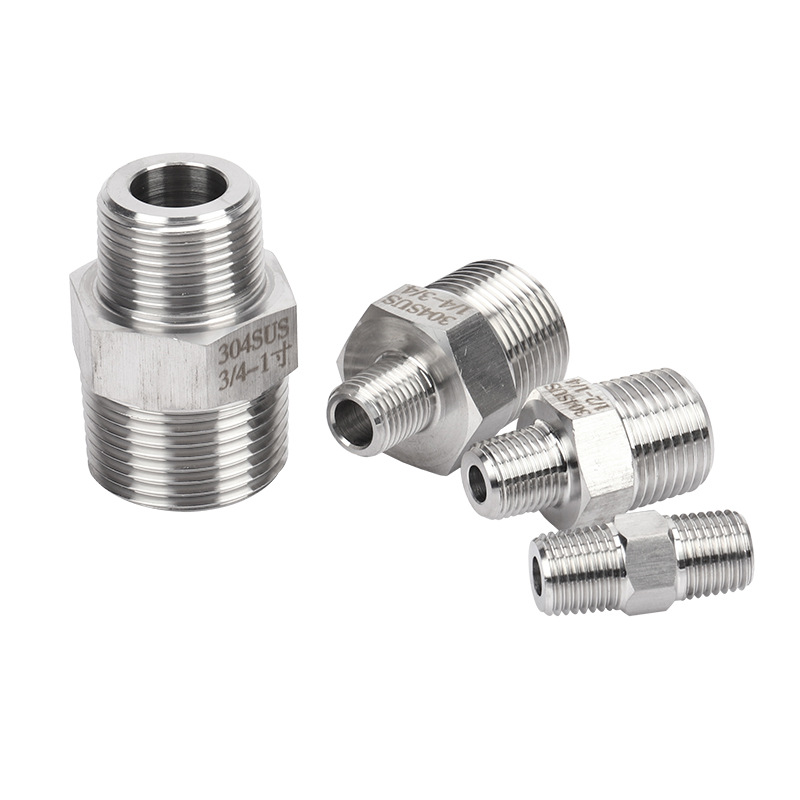
Which is more precise, CNC Turning or CNC Machining?
Both CNC Turning and CNC Machining offer high precision, but they are suited for different tasks.
CNC Machining generally provides better surface finishes and tighter tolerances, especially for complex geometries. CNC Turning, while precise, is typically used for simpler, symmetrical parts.
The precision of CNC Turning is largely dependent on the quality of the lathe and the skill of the operator.
High-quality lathes can achieve very tight tolerances, but for extremely complex parts, CNC Machining is often the better choice.
CNC Machining can produce parts with intricate details and high levels of accuracy, making it suitable for applications that require precise dimensions and fine finishes.
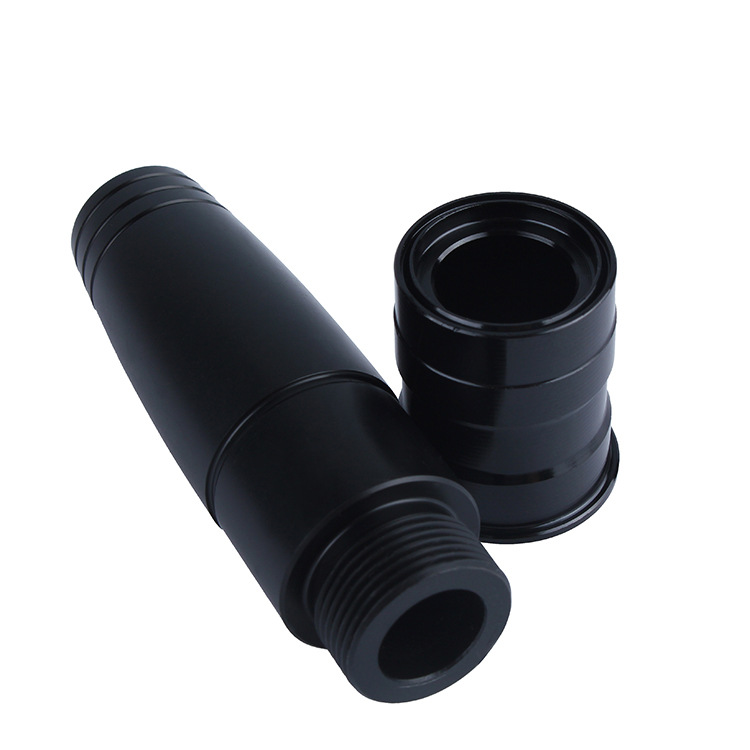
CNC Turning vs. CNC Milling: How Do They Compare?
CNC Turning and CNC Milling are often compared due to their different capabilities:
• CNC Turning is better for producing round, symmetrical parts. It is highly efficient for creating parts that are uniform around a central axis, such as shafts and bushings.
• CNC Milling excels at creating complex shapes and multi-dimensional parts. This process is ideal for parts that require multiple features and intricate details, such as gears and housings.
While CNC Turning is typically faster and more cost-effective for high-volume production of cylindrical parts, CNC Milling offers greater versatility and precision for complex shapes.
The choice between these processes often depends on the specific requirements of the part being produced.
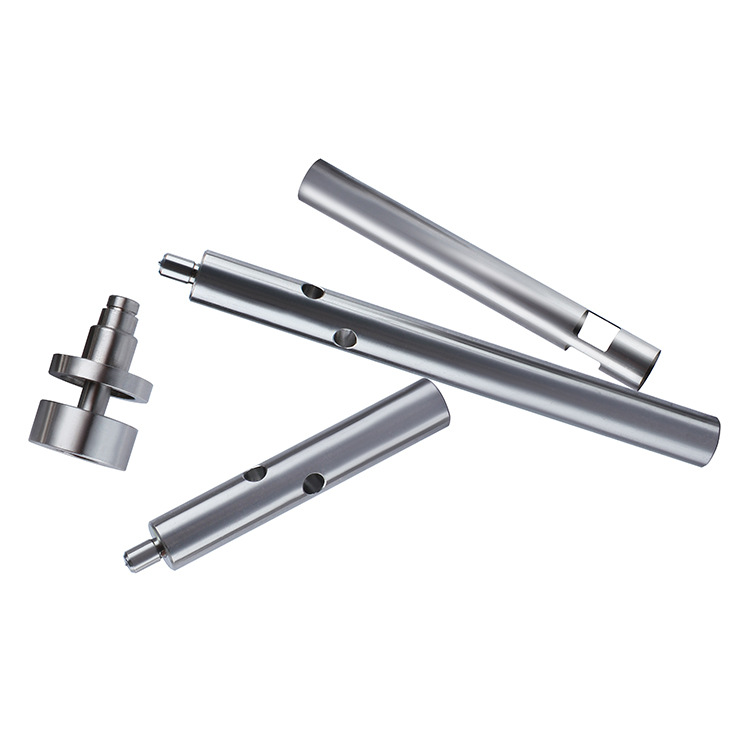
CNC Turning vs. CNC Milling: Which is More Expensive?
When considering cost, CNC Machining can be more expensive due to the complexity and time required for certain parts.
The setup and operation of CNC Milling machines can be more costly, especially for parts that require multiple features and tight tolerances.
However, for intricate designs and multi-material capabilities, it often justifies the investment.
CNC Turning, while typically cheaper, is best for high-volume production of simpler parts.
The efficiency and speed of CNC Turning can lead to significant cost savings, especially for large-scale production. Additionally, the lower setup costs make CNC Turning a cost-effective option for producing cylindrical parts.
In summary, the cost of CNC Machining and CNC Turning depends on various factors, including the complexity of the part, the material used, and the production volume.
While CNC Machining can be more expensive, it offers greater versatility and precision. CNC Turning, on the other hand, is more cost-effective for high-volume production of simpler parts.

What are the advantages of CNC Turning and CNC Machining?
CNC Turning has several advantages:
• Ideal for Symmetrical Objects: Perfect for creating parts like shafts, bushings, and other cylindrical components. The process excels in producing smooth, round parts with high precision.
• Faster Setup Times: Often quicker to set up, making it efficient for large production runs. This can be particularly beneficial in industries where time is a critical factor.
• Cost-Effective: Generally more affordable for producing high volumes of cylindrical parts. The efficiency and speed of CNC Turning can lead to significant cost savings, especially for large-scale production.
CNC Machining is known for its versatility and range of applications:
• Handles Complex Shapes: Capable of producing intricate designs and multi-faceted parts. This makes it ideal for creating parts with complex geometries that require multiple features and fine details.
• Wide Material Compatibility: Suitable for metals, plastics, composites, and more. CNC Machining can handle a broad range of materials, making it a flexible option for various applications.
• Precision and Surface Finish: Offers excellent precision and smooth finishes, ideal for high-detail work. The process can achieve very tight tolerances and high-quality surface finishes, which are essential for many precision engineering applications.
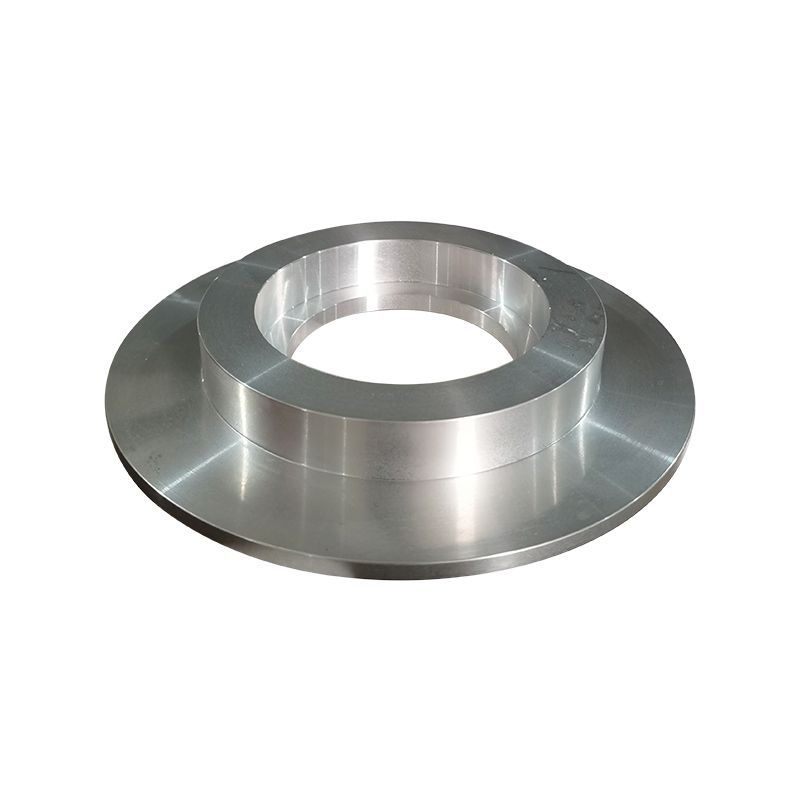
Summary:
Both CNC Turning and CNC Machining have their strengths. For cylindrical, high-volume production, CNC Turning is often the preferred choice.
For more complex, precise parts across a variety of materials, CNC Machining is the way to go. Consider your specific needs, budget, and production volume when choosing between these two essential manufacturing processes.
By understanding the differences between CNC Turning and CNC Machining, you can make an informed decision that best meets your needs.





